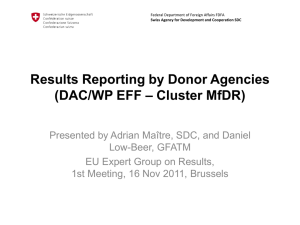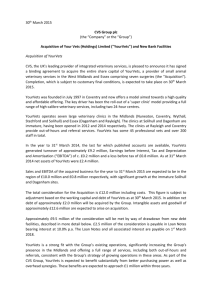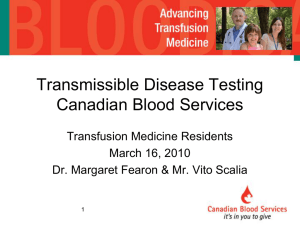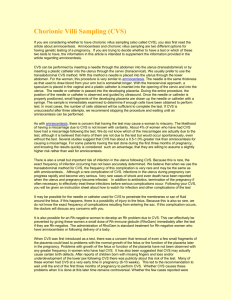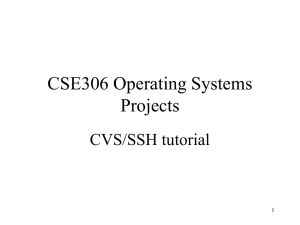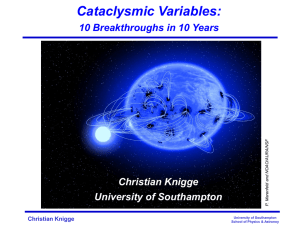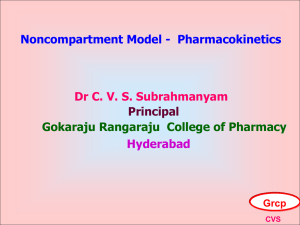ppt
advertisement
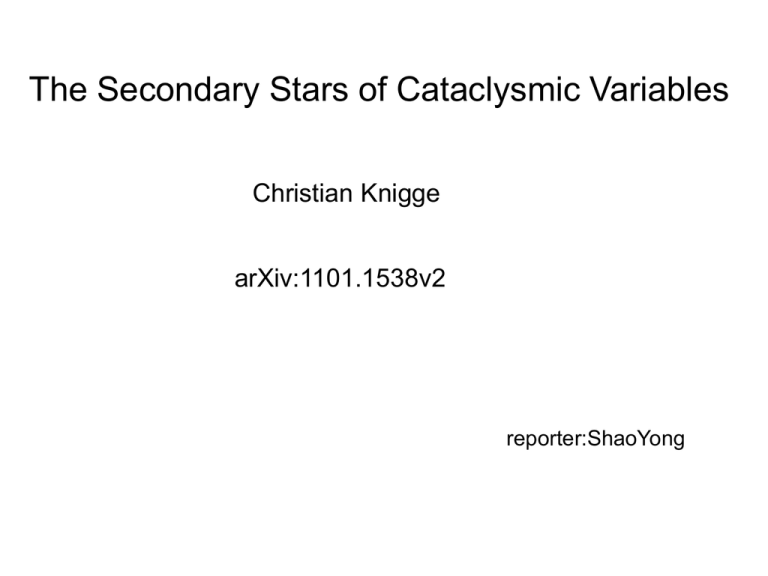
The Secondary Stars of Cataclysmic Variables Christian Knigge arXiv:1101.1538v2 reporter:ShaoYong 1.The period gap and the period minimum 2.The empirical relation can be combined with stellar models to construct a complete, semi-empirical donor sequence for CVs. 3.The observed donor properties can also be used to reconstruct the complete evolution track followed by CVs. (i) the famous CV “period gap” between Pgap,−≃2 hrs and Pgap,+ ≃3 hrs; (ii) the period minimum around Pmin ≃ 80 min. The “standard model” of CV evolution the period gap is interpreted as signaling a switch in the dominant angular momentum loss (AML) mechanism. CV evolution is driven mainly by “magnetic braking” (MB). the donor mass at the upper edge of the period gap corresponds roughly to the mass where the donor is expected to transition from a star with a radiative core to a fully convective object (M2 ≃ 0.2 − 0.3 M⊙) This transition effectively shuts down the magnetic field on the secondary and hence also disrupts MB. Gravitational radiation (GR) to drive the further evolution of CVs. Why does such a switch in the AML rate produce a period gap? The Physics of CV Secondaries A particularly convenient approximation for the Roche-lobe radius is: Kepler’s third law: period-density relation for Roche-lobe-filling stars with R2 = RL mass-radius relationship will be roughly with f ≃α≃ 1. approximate mass-period Are CV Donors on the Main Sequence? Mass-loss time scale Thermal time scale the thermal and mass-loss time scales are expected to be comparable for CV donors, both above and below the period gap. the donor mass just above and belowthe gap must be the same, M2(Pgap,+) = M2(Pgap,−). From the period-density relation , we then get donors at the upper edge of the period gap must be oversized by ≃ 30% relative to equal-mass, isolated MS stars. The minimum period The donor transition from a Hydrogen-burning star to a substellar object. The point here is that stars generally have a positive mass-radius index, whereas sub-stellar objects with masses below the hydrogen-burning limit (MH ≃ 0.07M⊙) have a negative one. We can therefore expect the condition M2 ≃ MH to set the minimum period a CV can reach. Let us now take a closer look at the minimum period for CVs. If we combine the period-density relation with the simple power-law approximation to the donor mass-radius relation, we find Differentiating this logarithmically yields a simple expression for the orbital period derivative the period minimum must correspond to sub-stellar objects are out of TE by definition and respond even to slow mass loss by increasing in radius, i.e. α ≤ 0. correspond roughly to M2 ≃ MH Conclusions CV donors are oversized relative to equal mass MS stars, and also that their mass-radius relation has a discontinuity at M2 ≃ 0.2M⊙ that separates short-period and long-period CVs. we have also been able to construct a complete, semi-empirical “donor sequence”for CVs that provides all physical and photometric parameters of CV secondaries as a function of only Porb. Thanks


